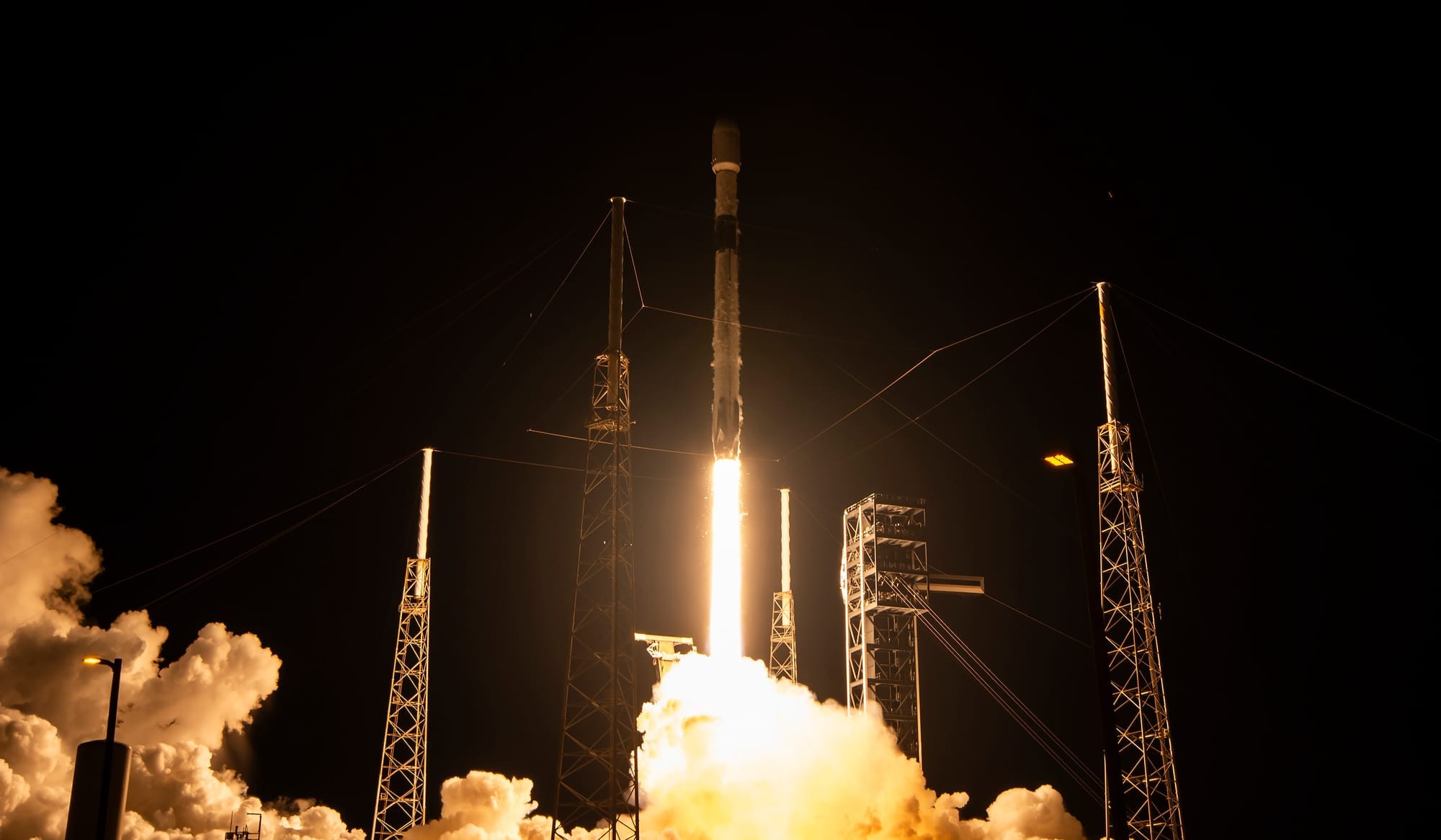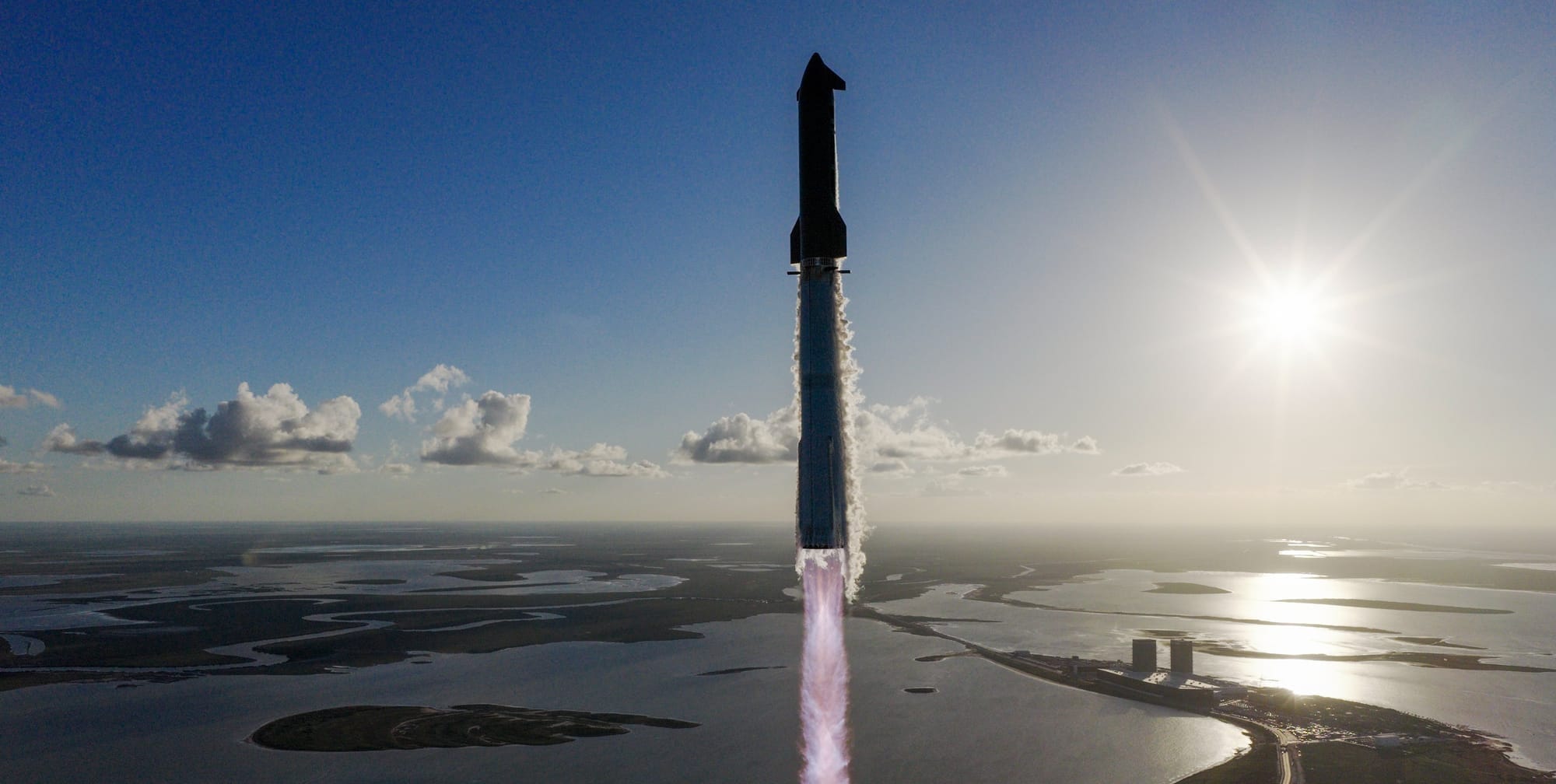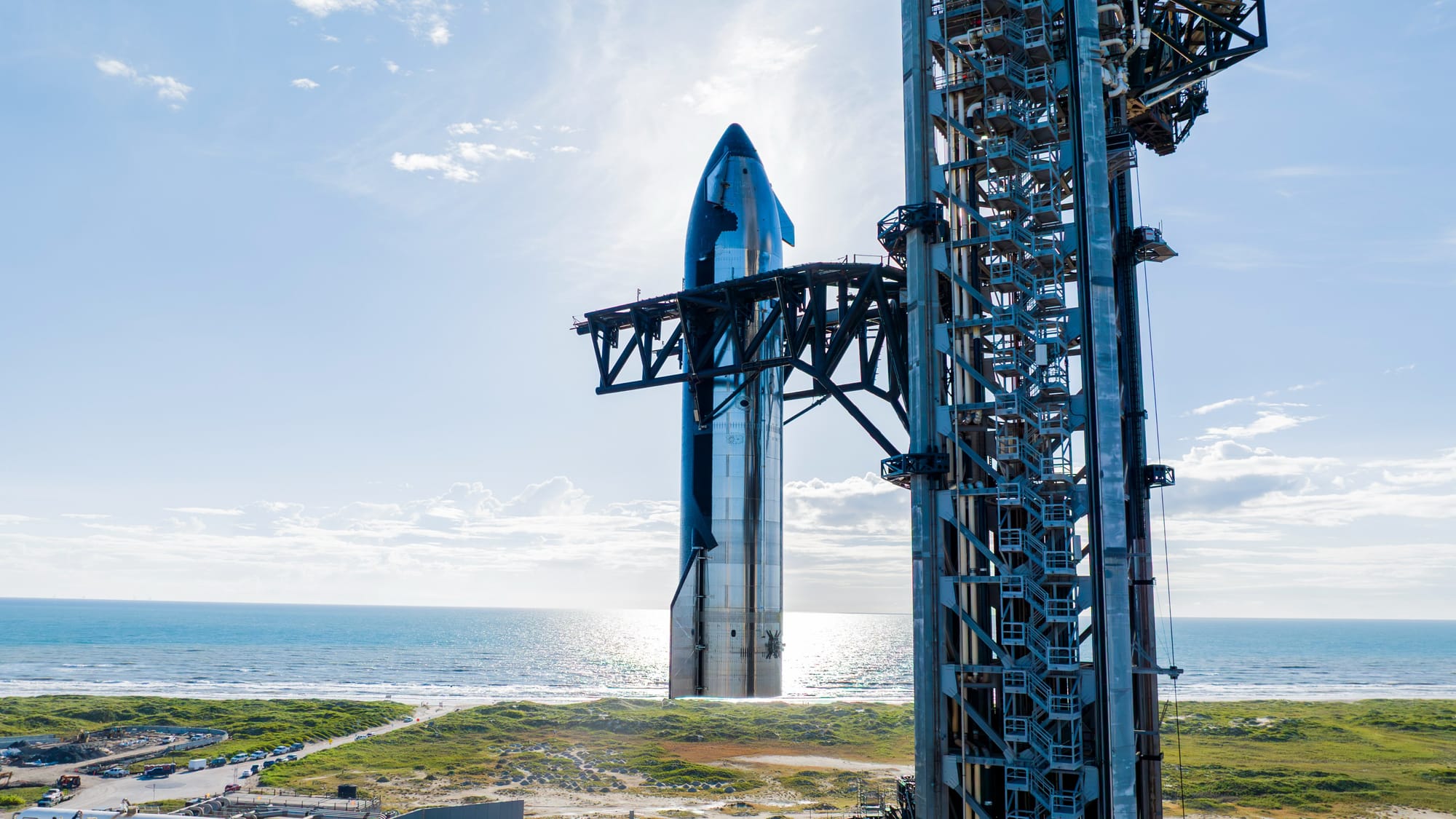Table of Contents
In the early morning of June 19th, SpaceX was testing Ship 36 at the Massey's test site down the road from the company's South Texas launch site. This test was planned to build on a single-engine static fire from days prior, expecting to fire up all six Raptor engines on the vehicle.
In preparation for the test, propellant was loaded into Ship 36's liquid methane and liquid oxygen main and landing tanks. During that process, the vehicle experienced a rapid disassembly from the top of the vehicle downward.
An extra-slowed down and cropped view Ship 36's RUD tonight.
— D Wise (@dwisecinema) June 19, 2025
📺: https://t.co/wL0tTdxtla
📸: @NASASpaceflight pic.twitter.com/dZjEcpGMpJ
Slow motion video of Ship 36's anomlay, via D Wise on Twitter.
Footage of the disassembly appears to show propellant bursting out from the heat shield near the top of the vehicle, then heading down toward the main propellant tanks. Once at the main tanks, the cloud of propellant quickly turned into a fireball, destroying the rest of Ship 36.
Shortly after Ship 36's testing anomaly, SpaceX shared the following statement:
"On Wednesday, June 18 at approximately 11 p.m. CT, the Starship preparing for the tenth flight test experienced a major anomaly while on a test stand at Starbase. A safety clear area around the site was maintained throughout the operation and all personnel are safe and accounted for."
"Our Starbase team is actively working to safe the test site and the immediate surrounding area in conjunction with local officials. There are no hazards to residents in surrounding communities, and we ask that individuals do not attempt to approach the area while safing operations continue"
Despite SpaceX saying there are no hazards to the public, several tons of silica fiber from the vehicle's heat shield were ejected toward populated areas. Silica fiber can be hazardous if inhaled, similar to asbestos.
In the hours after the anomaly, the Massey's test site was on fire for a few hours before it subsided ahead of sunrise, thanks to emergency responders from nearby localities. Once the Sun was up, it was clear that plumbing to the test stand was gone, along with damage to much of the site.
Despite this, Elon Musk, head of SpaceX, took to Twitter to say:
"Just a scratch" – "Preliminary data suggests that a nitrogen COPV in the payload bay failed below its proof pressure. If further investigation confirms that this is what happened, it is the first time ever for this design."
Ship 36's testing anomaly is the latest setback for SpaceX's in-development fully reusable Starship-Super Heavy launch vehicle this year. In January, Ship 33 was lost due to a fire in its engine section. Next in March, Ship 34 was also lost via a fire in the engine section. Then in May, Ship 35 was destroyed during atmospheric reentry following a spin induced by leakages in the engine section. All of the failures were using a 'Block 2' Starship upper-stage.
Before the loss of Ship 36 during testing, SpaceX was believed to be working toward June 29th for the tenth test flight of Starship-Super Heavy.
With the Massey's test site quite likely damaged following the testing anomaly, rebuilding and extensive repairs will be necessary before Ship 37 can complete its testing campaign before flying the tenth test flight. Those repairs will take anywhere from a few weeks to many months.
Arguably, the Starship program has regressed significantly in terms of progress this year. 2023 saw two failures of the launch system, followed by one in 2024 ahead of three successes that year, including the first tower catch of the Super Heavy booster. Whereas this year, all Starship upper-stages have succumbed to failures, with two out of three boosters repeating the feat of being caught.
2025 had been poised to be critical for the Starship program with a Ship-to-Ship propellant transfer demonstration for NASA. The propellant transfer between two vehicles is critical for getting the Starship lunar lander out to the Moon, and returning American astronauts to the surface, for one mission, through the Artemis program. SpaceX had also been hoping to fly Starships to Mars in 2026.
The lead image is compliant with NASASpaceflight's Content Use Policy.






